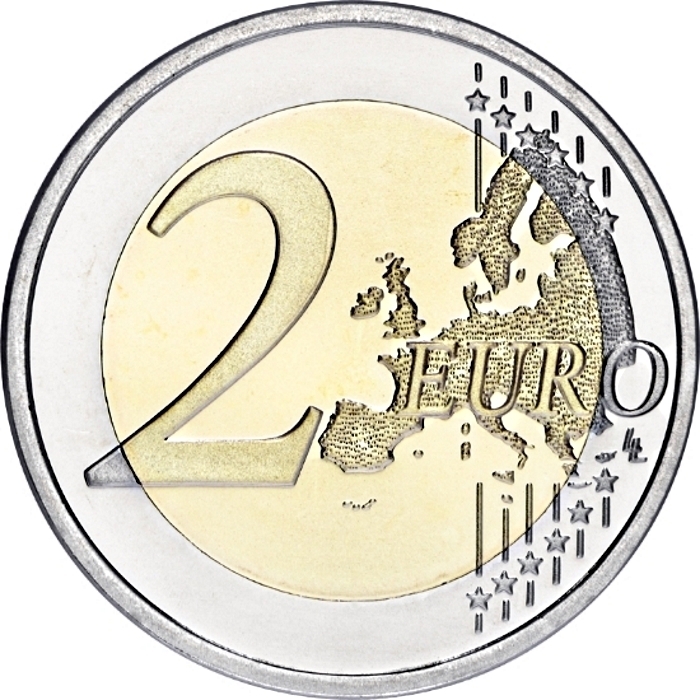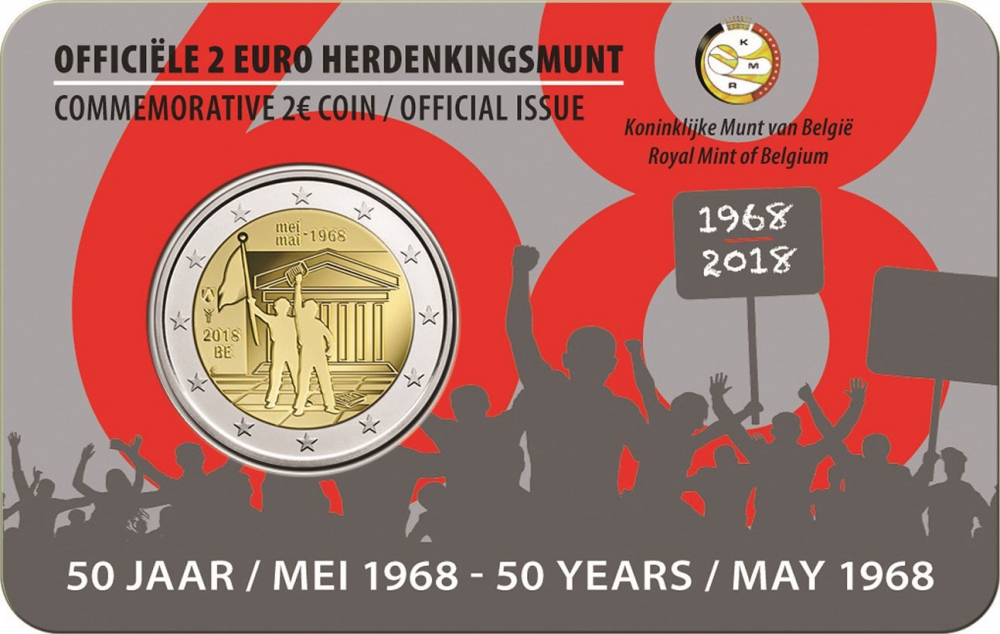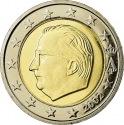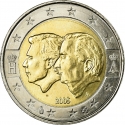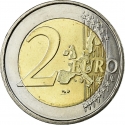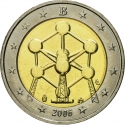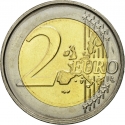You are about to finish your registration. Please check your mailbox (including spam folder). There should be a letter with a confirmation link. Check setting to make sure that your e-mail address is correct.
Send letter againDescription
In 1968 Belgium was the only country in Western Europe where the student protest movement brought the government to its knees. That says something about the power of the Leuven students movement, but it also reveals something of the country itself.
From its beginning in 1834, the Catholic University of Louvain provided lectures only in French. Lectures in Dutch, the other official language of Belgium and the language spoken in Leuven, began to be provided in 1930. In 1962, in line with constitutional reforms governing official language use, the French and Dutch sections of the university became autonomous within a common governing structure. Flemish nationalists continued to demand a division of the university, and Dutch speakers expressed resentment at privileges given to French-speaking academic staff and the perceived disdain by the local French-speaking community for their Dutch-speaking neighbours. Mainstream Flemish politicians and students began demonstrating under the slogan 'Leuven Vlaams - Walen Buiten' ("Leuven [is] Flemish - Walloons out"). Student demonstrations escalated into violence throughout the mid-60s. Student unrest fueled by the history of discrimination against Flemings eventually brought down the Belgian government in February 1968.
The dispute was resolved in June 1968 by turning the Dutch-language section of the university into the independent Katholieke Universiteit Leuven, which remained in Leuven. The French-speaking university, called the Université catholique de Louvain, was moved to a greenfield campus called Louvain-la-Neuve ("New Leuven"), farther south in the French-speaking part of the Province of Brabant.
Obverse

|
Depicts silhouettes of two students (left one with a flag, right one with a pamphlet) in front of the symbolic silhouette of a university building. Date of the issue on the right between mint and privy marks above the indication of nationality 'BE' below. The twelve stars of the European Union surround the design on the outer ring. mei - 1968 |
|---|---|
Reverse

|
A geographical map of Western Europe spans the outer ring and inner core on the right side of the coin. The inscription 2 EURO is superimposed over the map of Europe, with the numeral “2” located in an open field representing the eastern Atlantic Ocean. 2 EURO |
| Edge |
The sequence "2 ★ ★" repeated six times alternately upright and inverted. 2 ★ ★ 2 ★ ★ 2 ★ ★ 2 ★ ★ 2 ★ ★ 2 ★ ★ |
Swap now (1 offer)
Characteristics
| Type | Commemorative Issue (Circulating) |
| Material | Bi-Metallic |
| Ring | Cupronickel |
| Center | Nickel Brass |
| Weight | 8.5 g |
| Diameter | 25.75 mm |
| Thickness | 2.2 mm |
| Shape |
|
| Alignment | Medal |
| Mint |
Royal Dutch Mint (KNM)
|

